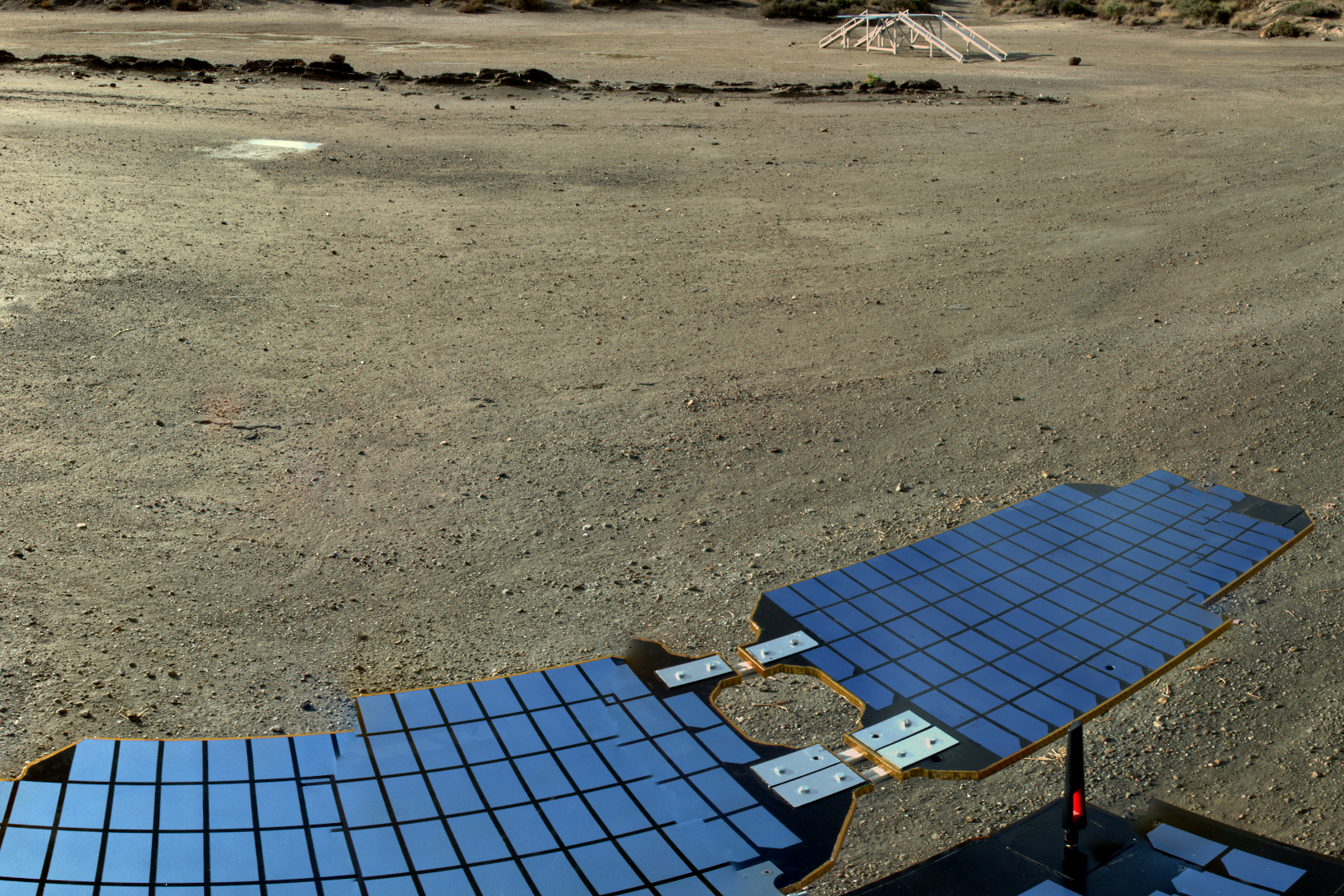Analogue Fieldwork
Terrestrial analogue environments are places on the Earth that have similar key characteristics as regions of interest on other planetary bodies. Since before the start of the space age, these analogues have been important tools for not only helping to understand features and processes observed elsewhere in the solar system, but also in preparing for exploration of some of these places. Thus analogue sites on Earth continue to be essential for the understanding and exploration of planetary processes and environments.
Our understanding of the geological evolution of planetary bodies is underpinned by comparative studies with terrestrial features and processes. Yet despite these similarities, divergent geological histories and different environmental conditions mean that no terrestrial analogue can ever be a perfect representation of all key characteristics of a region of interest. However, each terrestrial analogue offers one or more defining characteristics that are similar to environments found on, for example, the Moon or Mars, both at present and in the past. Therefore by identifying these key characteristics it is possible to target specific analogues for particular studies, and also combine analogue activity for more complex and possibly realistic studies. It is only after detailed study and classification that analogues can be used effectively in scientific field activities.
Rover Field Trials
Much of our analogue fieldwork has been related to rover field trials, from advance preparation, through to analogue operations, and scientific debriefing.




